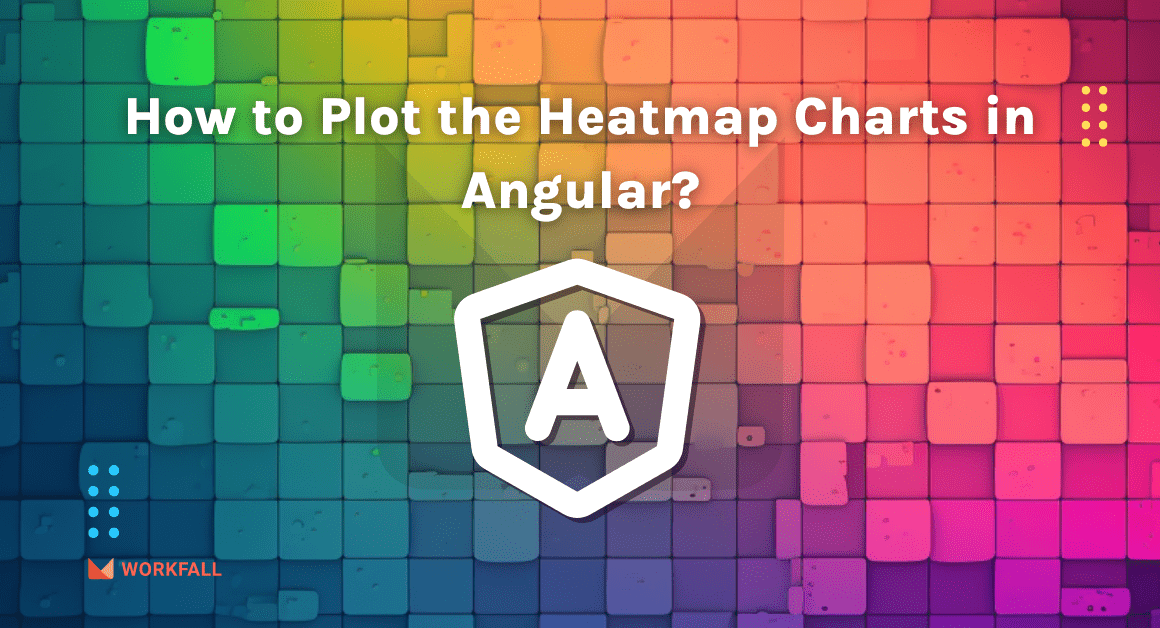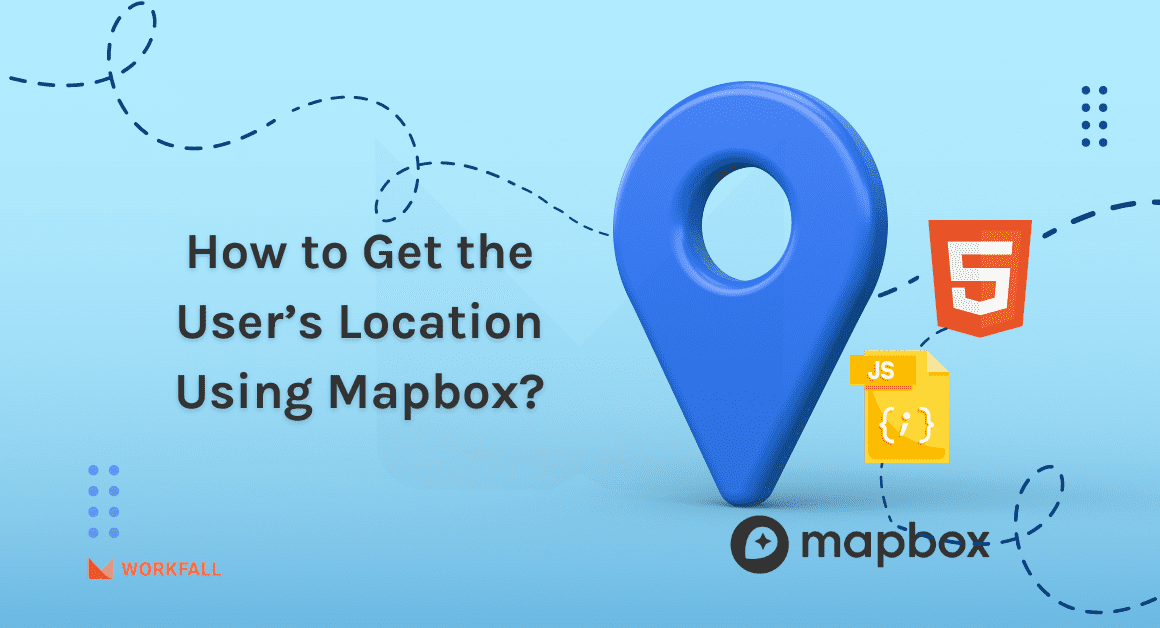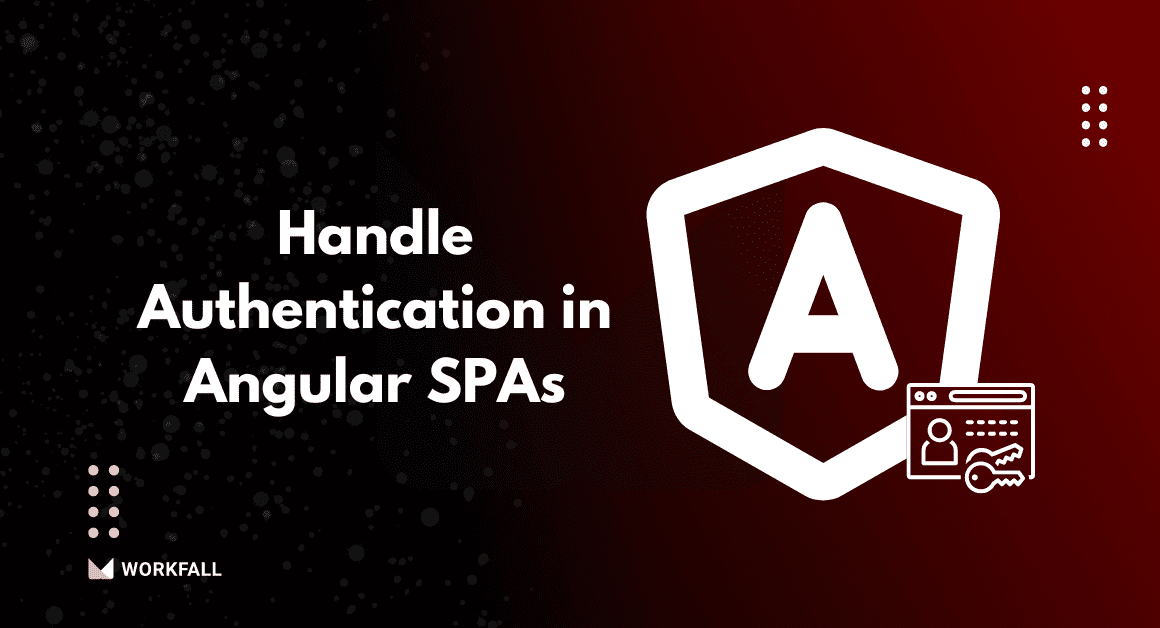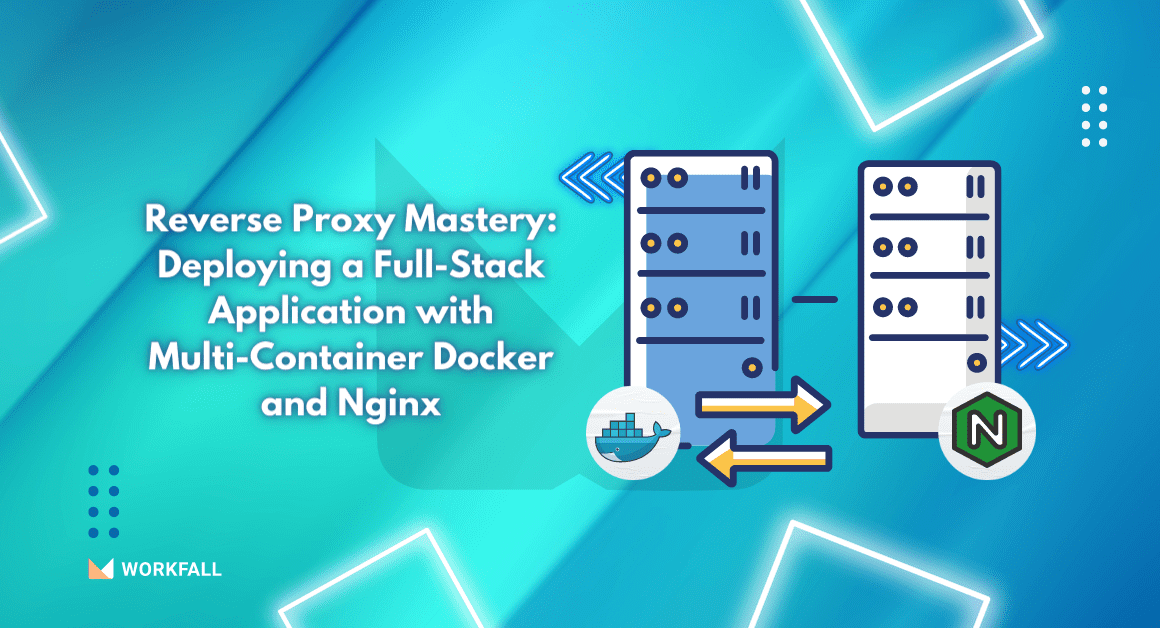How to Develop a Micro-Frontend Application With React?
Reading Time: 10 minutes Discover the basics of micro-frontend development in our new blog. We’ll guide you through creating lively apps with React, explaining the perks, structure, and smart practices for micro-frontends. It’s like solving a web puzzle — simple, effective, and fun. Let’s get started! In this blog, we will cover: What are Micro-frontends? Micro-Frontend Architecture Advantages of […]
Manage the State of a Complex Application by Integrating Redux with React
Reading Time: 9 minutes Navigating the complexities of state management is pivotal for controlling an application’s data, user interactions, and overall behavior. In this blog, we will explore step-by-step implementation of how to seamlessly manage state across multiple components by integrating Redux with React. Let’s start! In this blog, we will cover: What is State Management? Are Your Favorite […]
How to Handle Dates in JavaScript?
Reading Time: 13 minutes In this blog, we’ll explore the fascinating realm of JavaScript’s Date object by showing a step-by-step implementation of how to handle dates in JavaScript. We’ll dig deep into its importance in web development, specifically how it helps manage time on the user’s device. Instead of relying on servers, JavaScript’s Date object allows us to handle […]
How to Make Your Own Google Chrome Extension?
Reading Time: 9 minutes Google Chrome Google Chrome is a widely-used web browser developed by Google. It was first released in September 2008 and has since become one of the most popular and dominant web browsers in the world. Google Chrome is available for multiple platforms, including Windows, macOS, Linux, iOS, and Android. Google Chrome Extension A Google Chrome […]
How to Plot the Heatmap Charts in Angular?
Reading Time: 9 minutes A heatmap chart is a visual representation of data presented in a matrix format. It uses different colors to represent the magnitude of values, making it easy to identify patterns and trends within complex datasets. Warm colors depict higher values, while cooler colors indicate lower ones. This type of chart finds application in diverse fields […]
How to Get the User’s Location Using Mapbox?
Reading Time: 9 minutes Obtaining a user’s location is a critical requirement for many modern web applications, such as location-based services, personalized content delivery, and targeted marketing. However, without proper guidance and understanding of HTML and JavaScript geolocation techniques, developers often face challenges in implementing this feature effectively. In this blog, we aim to address these challenges and provide […]
How to Handle Authentication in Angular SPAs?
Reading Time: 4 minutes Angular is a good framework for creating Single Page Applications (SPAs) using JavaScript/TypeScript. With Single Page Applications, routing is handled on the client side. This calls for protecting routes on the client side as well. Angular comes with the Angular Routing module which handles routing. Sometimes you will have protected resources that you will only […]
Reverse Proxy Mastery: Deploying a Full-Stack Application with Multi-Container Docker and Nginx
Reading Time: 6 minutes Sometimes, developing a full-stack application is not the end of the journey for a web developer. Let us take a case scenario whereby, you have a backend, a frontend, and also a database. For such a setup, we would like to make it easy to replicate our application in different environments let’s say development, staging, […]
Create a Weather App Using the Qwik Framework
Reading Time: 6 minutes Over the past decade, we have seen a steady rise in client-side JavaScript frameworks or libraries. Each of these frameworks curves out a niche in the JavaScript ecosystem and tries to enable developers to find the perfect solution according to the provided context. Renowned frameworks include React, Angular, Svelte, and Vue. These frameworks have also […]
How to Build a Rust WebAssembly Frontend App with Yew Framework?
Reading Time: 6 minutes While Rust is known for its backend web development capabilities, the introduction of WebAssembly (Wasm) has enabled the development of rich front-end apps in Rust. With the introduction of WebAssembly, it became possible to build frontend web apps in Rust, such as the one we just built, expanding development opportunities for developers. While all of […]









